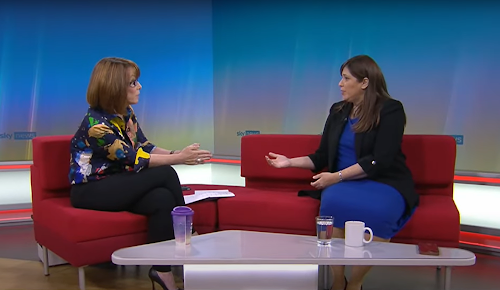The British National Party
The British National Party describes itself as the “foremost patriotic political party in Great Britain“. Its central goal is to create a state which is “racially” pure. Until the departure of John Tyndall, its openly stated policy was the compulsory repatriation of “foreigners”. Its public position is now “the introduction of a system of voluntary, financially-aided repatriation for existing, legally-settled immigrants“. Nowadays, the British Nationalist Party is extremely careful not to present its vicious racist face to the public. However, as a product of its notoriety, it rarely suceeds in disguising its true nature.
Because its racist politics are so widely known, the British National Party’s facade of respectability is paper thin. It was described by the European Parliament’s committee on racism and xenophobia as an “openly Nazi party… whose leadership have serious criminal convictions“. A number of members of the BNP leadership have been convicted of a range of criminal offences including the incitement of racial hatred.
The Guardian routinely, and properly, describes the British National Party as “racist” and “far right“, and carries stories which expose its politics. In its Westminster Links page, the description of the BNP hits the nail on the head:
Slick presentation disguises a frighteningly extreme programme.
Hizb’ut Tahrir
Hizb’ut Tahrir is a political party which describes itself as an “Islamic political party”. Its central stated goal is to establish a Caliphate – so it repeatedly claims – by non-violent means. A Caliphate is a theocratic state. Following the departure of Omar Bakri Mohammed, Hizb’ut Tahrir has been particularly careful not to present its vicious racist and homophobic face to the public. Because the substance of its politics is infrequently discussed in any detail in the media, and because its spokesmen are rarely challenged effectively when interviewed, it often suceeds in disguising its true nature.
To those with experience of Hizb’ut Tahrir, its facade is paper thin. It was described by the Home Office as a political party which holds “anti-semitic…and homophobic views“. It proselytizes these views strongly to its own members, and to other muslims whom it seeks to recruit. It is thought to have 2,000-3,000 members. Its Danish spokesman has been convicted of disseminating racist propaganda in Denmark. The case in question involved the distribution of a racist leaflet which was hosted on a website which was run by Hizb’ut Tahrir in the United Kingdom. It is banned in a number of European countries, and is also banned by the National Union of Students, which holds it “responsible for supporting terrorism and publishing material that incites racial hatred“.
You can learn all about Hizb’ut Tahrir from reading the Guardian’s background briefing which it issued follow the sacking of Dilpazier Aslam.
The Guardian employed Aslam and allowed him to use its pages to promote the views of the racist, totalitarian and theocratic political party to which he belongs in part because it was “previously unaware” of the nature of the material which Hizb’ut Tahrir propagates. Given that Hizb’ut Tahrir takes great care in hiding its racist nature, it is a good thing that the Guardian has now sniffed it out. For the sake of consistency, now that the Guardian understands Hizb’ut Tahrir’s politics, it would make sense to brief journalists on this political party. The Guardian has today published an article by David Pallister which simply reports the content of speeches at a Hizb’ut Tahrir conference. The effect of this anodine article is to allow Hizb’ut Tahrir to disguise its extremist and racist politics. The failure of much of the media properly to consider Hizb’ut Tahrir’s nature explains in part why Aslam’s “colleagues and some senior editors” knew that he was a member of the party, but did not realise that this meant that he was a fascist.
A good start might be:
1. To describe Hizb’ut Tahrir as “racist” and “totalitarian”. These terms accurately and fairly describe the nature of its politics, much in the same way that “racist” and “far right” characterise the politics of the British Nationalist Party.
2. To familiarise its readership with Hizb’ut Tahrir’s “frighteningly extreme programme”. Reports of the party’s neutrally presented public pronouncements, can be placed in context by reporting in the same piece, its circulation of racist material, and an explanation of what precisely it means by “living under sharia law within a caliphate”. Hizb’ut Tahrir’s own websites is a good source of this material. Anti-racist, democratic and secular groups are similarly able to provide perspective on Hizb’ut Tahrir, and they should routinely be approached for contrasting quotes.
Here is an article in the Independent on Sunday which provides an excellent example of how the anti-democratic racist politics of groups like Hizb’ut Tahrir might better be placed in context.
The Guardian is a liberal and progressive newspaper. Such steps would be in keeping with its best traditions.


